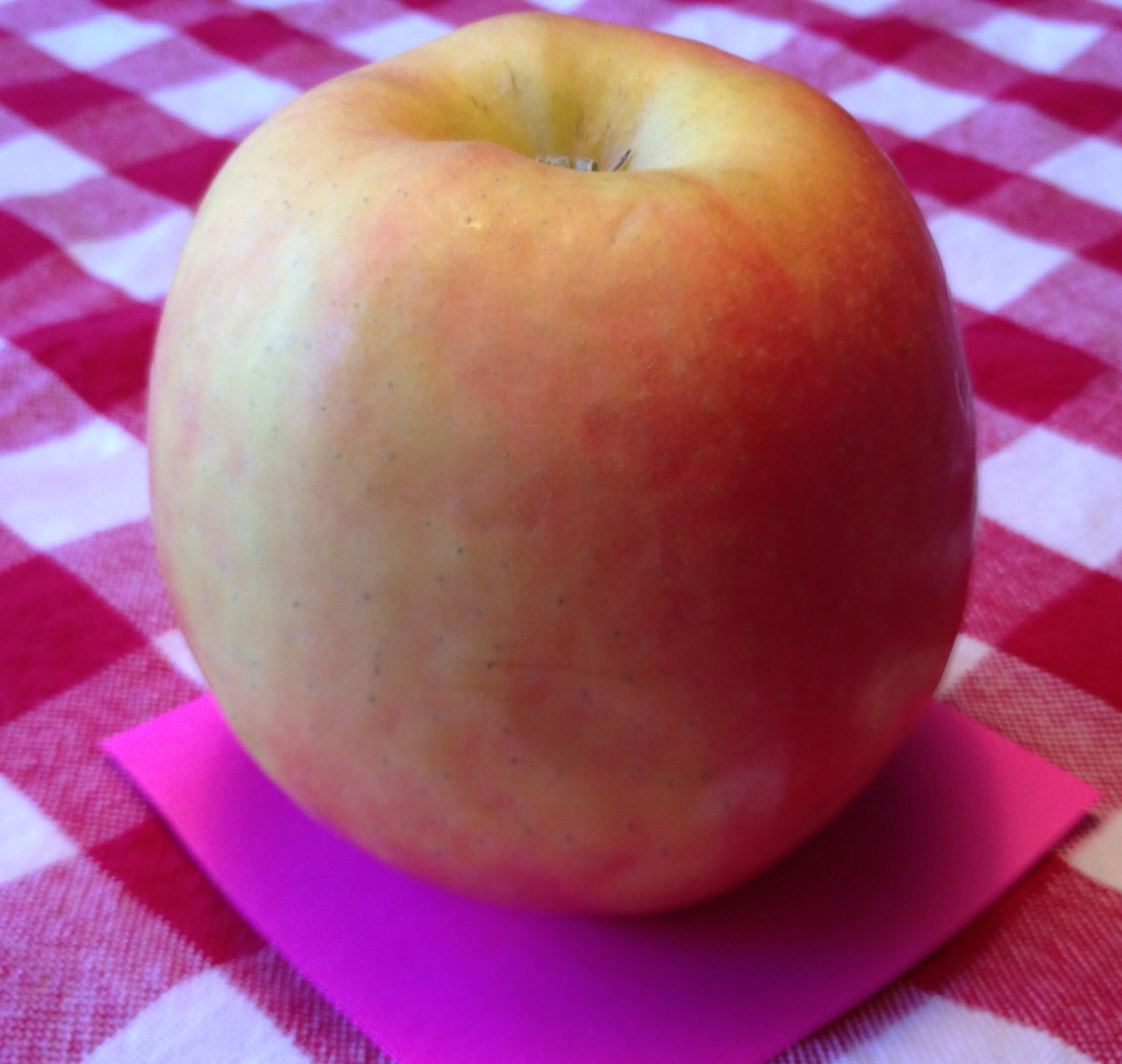Language Learning with Pictures and/or Words?
 Do adults learn a second (or third) language differently from the way children learn their “mother tongue”? This is a question that continues to be debated.
Do adults learn a second (or third) language differently from the way children learn their “mother tongue”? This is a question that continues to be debated.
We would argue “yes.” The difference arises from the fact that children begin to memorize the names, or “labels” of objects, actions, emotions, etc. at the same time they grasp the “concepts” behind such expressions.
An apple is a good example to illustrate the relationship between “concept” and “label.” Children learn at an early age that a real apple and a picture of it have the same "label" attached to it.
Picture Books
First books for young children are mainly picture books that show people, animals, fruits, cars, trains, clothes, etc.
By relating these pictures to items around them, and hearing their names (or "language labels") repeated again and again, children begin to understand the “concepts” that unite real objects and their pictures.
They begin to internalize the names/labels and eventually they will start to repeat them aloud.
New “Labels” for known “Concepts”
Now let's consider how adults learn a second language. They have already acquired the names (language labels) of the “concepts” in their mother tongue.
So, when they learn a second language, they have to learn NEW labels for the same concepts. Plus, they have to learn how to pronounce these new labels and how to connect them in a correct grammatical way so that they can communicate.
In other words, a young child learns its first language by first understanding and speaking, and only later reading and writing.
For older children and adults learning their second language, the sequence often changes: Reading goes hand in hand with understanding, speaking, and writing.
The “Learn a Foreign Language Like a Child” Fallacy
You may or may not be familiar with those foreign language courses in books that contain lots of pictures. They were replaced by DVDs, and now, increasingly, by online courses and mobile applications.
But even these online courses often use pictures, so that you can "learn a foreign language like a child.” In our mind that claim is a fallacy.
We're not arguing AGAINST using pictures to memorize new foreign language “labels,” as there is certainly evidence that pictures can help memorization.
We would argue that for adults - who want to express more abstract ideas - PICTURES of objects are less important than learning foreign words and expressions in the context of a useful conversation or a narrative.
In that way, you can establish a direct connection between the "concept" of what you want to say, and the new foreign language words/labels.
In our experience, one can best achieve such a connection by learning foreign words (i.e. linking labels with their abstract concepts) in the expressions of everyday language, or in the case of gamesforlanguage.com in the form of a story.
An Apple is not Enough
To illustrate again: You know the label for this concept in English: apple. In the four languages of our program we have learned: ein Apfel (German), une pomme (French), una manzana (Spanish), and una mela (Italian).
To express the concept of “I would like an apple” it will be more helpful to remember expressions and context than pictures.
- Ich möchte (gerne) einen Apfel. (German)
- J'aimerais (bien) une pomme. (French)
- Me gustaría una manzana (Spanish)
- Vorrei una mela. (Italian)
You'll be more likely to remember the concept of “I would like” (which a picture may only express with difficulty) and use it to ask for different items, if you recall the context where you heard, read, wrote, or said it. Ideally, such a context would be part of a real-life experience, and next best, part of a story.
To learn a new language and communicate effectively, you'll have to remember and apply hundreds (even thousands) of expressions such as "I would like." And when you do, you may even not be conscious of just having used a conditional or a subjunctive form.
PS: German readers may know Peter Bichsel's short story “Ein Tisch ist ein Tisch.” He humorously explores what happens when we start to “re-label” things - just because labels are just labels and you can change them in your own language, well ...
